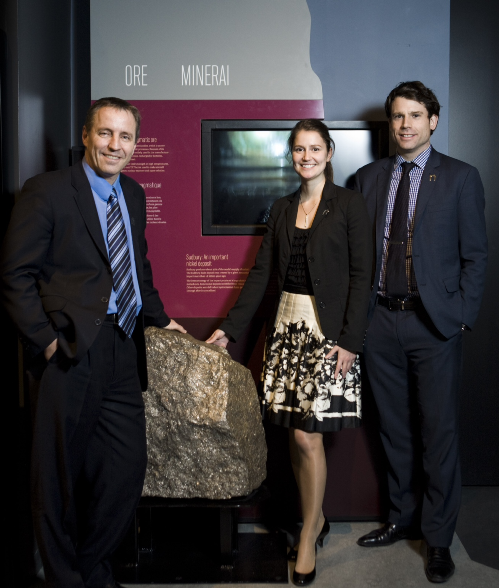Globe and Mail is Canada’s national newspaper with the second largest broadsheet circulation in the country. It has enormous influence on Canada’s political and business elite.
International Co-operation Minister Julian Fantino is not helping his government and is undermining needed reforms to foreign-aid delivery by his incoherent rhetoric and weak grasp of his file. He has profoundly miscommunicated the ideas behind the creation of public-private partnerships to deliver aid, and responded defensively to questions. “We’re not talking about pillaging and exporting,” he said this week.
Mr. Fantino is consequently diverting attention from the clear benefits that the approach could have, including better ways of poverty reduction, and promotion of sustainable development overseas. Partnering with the private sector, including enterprises, foundations and individuals, is a good idea, and can improve the flexibility, transparency and effectiveness of aid projects.
While it might be seen as revolutionary by some circles in Ottawa, the public-private model was endorsed by the U.S. a decade ago, and has been followed by Australia, Germany and the U.K., with minimal controversy. In fact, many Canadian companies already partner with USAID. The results have been largely positive.
The parliamentary standing committee on foreign affairs and international development held hearings for several months on the issue and recently released a 118-page report with recommendations supporting this approach to aid delivery (with some notable opposition dissenters).
























